A case study from Rula Hajj-Ali, MD

A 56-year old presented with manic symptoms and encephalopathy. Following work-ups for infection and malignancy, which included a brain biopsy, she was diagnosed and treated for primary angiitis of the central nervous system (PACNS) at an outside hospital. However, she had a transient response and then became progressively worse and was transferred to our hospital.
Cleveland Clinic is a non-profit academic medical center. Advertising on our site helps support our mission. We do not endorse non-Cleveland Clinic products or services. Policy
In this video, vasculitis specialist Rula Hajj-Ali, MD, presents the complex case that seemed refractive to treatment. Is it really central nervous system vasculitis (CNS-V)?
Arriving at a diagnosis of CNS-V is fraught with challenges. Clinical presentation can be quite variable, and there is no classic presentation. Further complicating matters, the condition has several mimics, brain tissue is inaccessible and there is no disease-specific test. However, advances in neuroimaging and next-generation sequencing — along with the involvement of a multidisciplinary clinical team — have added formidably to our knowledge of CNS-V.
Regardless of the scenario, we take a systematic approach to the work-up of any patient suspected to have CNS-V. This approach includes a general history and physical exam, with a thorough review of symptoms associated with systemic autoimmune disease (e.g., fever, rashes, sinus disease, sicca, joint pains, cough, peripheral neuropathy, oro-genital ulcers, inflammatory eye disease, deep venous thrombosis or recurrent miscarriages). Clinicians should look for infectious and/or malignant conditions that might be associated with many of these nonspecific symptoms, especially fever, malaise, joint pains and weight loss. Other important aspects when interviewing patients include eliciting travel history, work hazards, chronic exposure to recreational drugs and family history of neurologic events; this information can unravel rare conditions.

Evidence-based therapies, monitoring, prevention and more
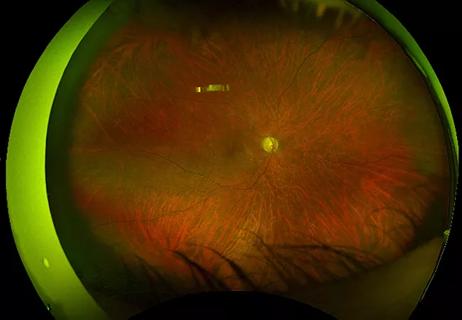
Holistic approach is necessary to ensure a correct diagnosis
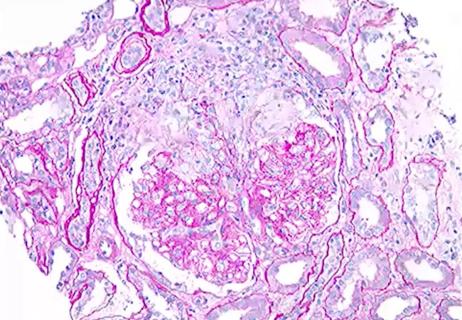
Knowing the affected organs and vessels can help in identifying cause
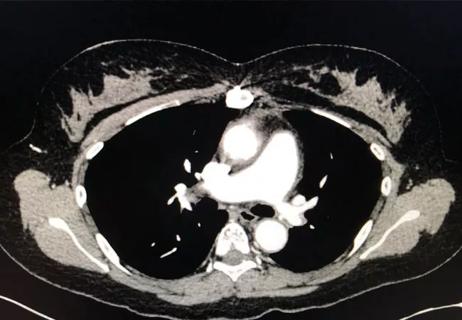
When to consider the possibility of pulmonary artery involvement
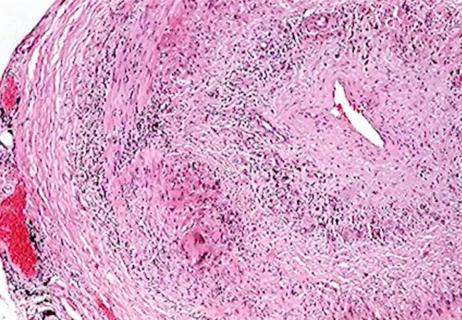
When GCA initially presents without cranial symptoms

Relapses are frequent even with long periods of remission
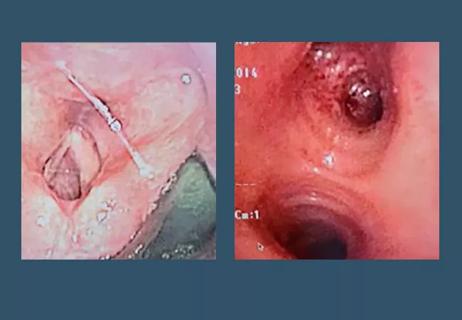
Multidisciplinary management resolves complex case
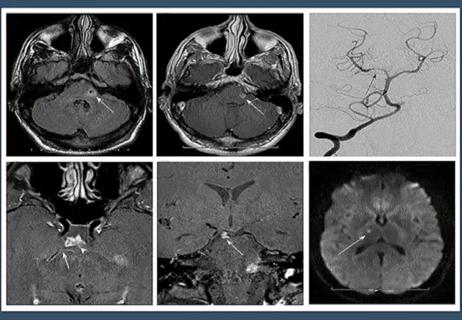
Raising awareness of a common manifestation